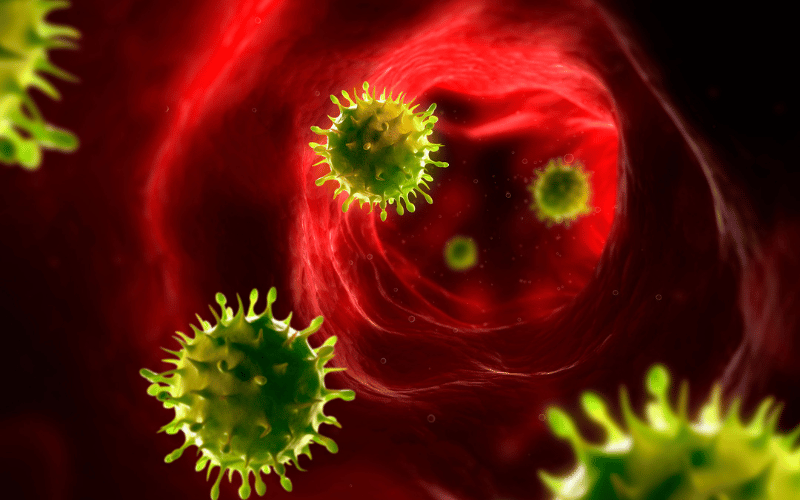2. Environmental Triggers: When External Factors Inflame AIH

Turning the page from genetics, we confront the myriad of environmental factors that may ignite the fuse of autoimmune hepatitis. It’s a tale of seemingly unrelated characters – a viral infection, a particular medication, or a chemical exposure – each with the potential to disrupt the immune system’s equilibrium. The liver, a silent sufferer of these encounters, can become the unintended target as the immune system, confused by the molecular mimicry or altered self-antigens, launches an attack against the body’s own hepatocytes.
The story often begins with an innocent exposure: a medication taken for another ailment, or perhaps a viral illness that should have been a transient guest. Instead, these factors lay down the red carpet for AIH. Drugs like minocycline, used commonly for acne, or certain herbal supplements, championed for their health benefits, have been implicated in the onset of AIH. Their molecular structures, sometimes too closely resembling our native liver proteins, can fool the immune system into a case of mistaken identity, leading to an inflammatory response against the liver.
Viral infections, too, hold a notorious reputation for their potential role in AIH. Hepatitis viruses, Epstein-Barr virus, and even the ubiquitous herpes simplex virus have been seen in the prelude to AIH in some cases. These viruses can alter the immune system’s perception of self-antigens, creating an environment ripe for an autoimmune response.
It’s a delicate balance between the external environment and the internal response, and AIH epitomizes this fine line. Understanding these triggers is more than an academic pursuit; it’s a key to prevention and to mitigating the impact once AIH has taken hold. Patients and physicians alike must be detectives, tracing back the origins of the condition to possibly identify and remove the environmental offender, calming the inflammatory storm that has besieged the liver. (2)